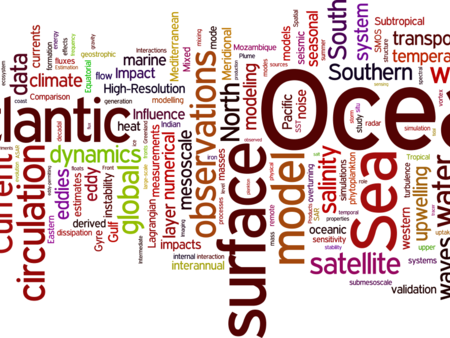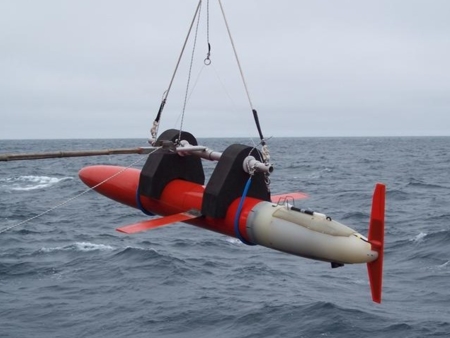Clément Combot
Thesis subject: Mixing, Restratification and heat uptake in Tropical cyclones wake: processes and contribution of satellite observations.
Directors: Bertrand Chapron, Yves Quilfen, Alexis Mouche and Swen Jullien.
---------------------------------------------------------------------------------------------------------------
Tropical Cyclones (TC) are extreme events furrowing ocean basins at tropical latitudes. Although they can reach coasts and wreak havoc, they remain an oceanic phenomenon characterized by its low pressure atmospheric field and deep convection. Indeed, the warm waters of tropical basins are a huge source of energy feeding the large cloud system and sustaining its high wind field. This intense relationship leads into a complex game of actions and feedbacks between both systems.
The thesis focuses on the oceanic response to the strong influence of TCs, in terms of ocean stratification and its associated thermal answer. The wind stress and its curl are generating a bunch of disturbances: inertial currents, surface waves, turbulent induced mixing leading to thermocline erosion and thermal anomalies (cold wake & subsurface warm anomalies). Depicting those mechanisms and analyzing the heat balance are the main goals of the study.
Thanks to an unprecedented constellation of satellite-born sensors, we can combine with numerical modeling to derive the wind forcing for every step of TC life cycle and represent the different key parameters: Motion speed, Maximum wind, Radial extent and asymmetry. Thanks to its high resolution and cross-polarization capability, Synthetic Aperture Radar (SAR) imagery is a unique asset to compare the complete wind profile and thus to obtain a reliable modeling of key parameters. The oceanic response in term of sea level anomaly can then be analyzed by using the full potential of the altimetry fleet, as it is a good marker of the TC-Ocean dynamics, containing both flux components (Ekman transport) and steric changes in its signature. The final add of SST information and Argo profiles will bring valuable information for the pre-& post-cyclone ocean conditions.
Combining this approach with the use of an analytical two layers model, will allow us to describe the mechanisms in stake, to discuss the spatial and time scales of this TCs induced oceanic variability, and confront observations and models. By the different satellite information gathered and combined with a modeling study, this thesis will bring an original point of view of the ocean heat balance in TCs wake.







